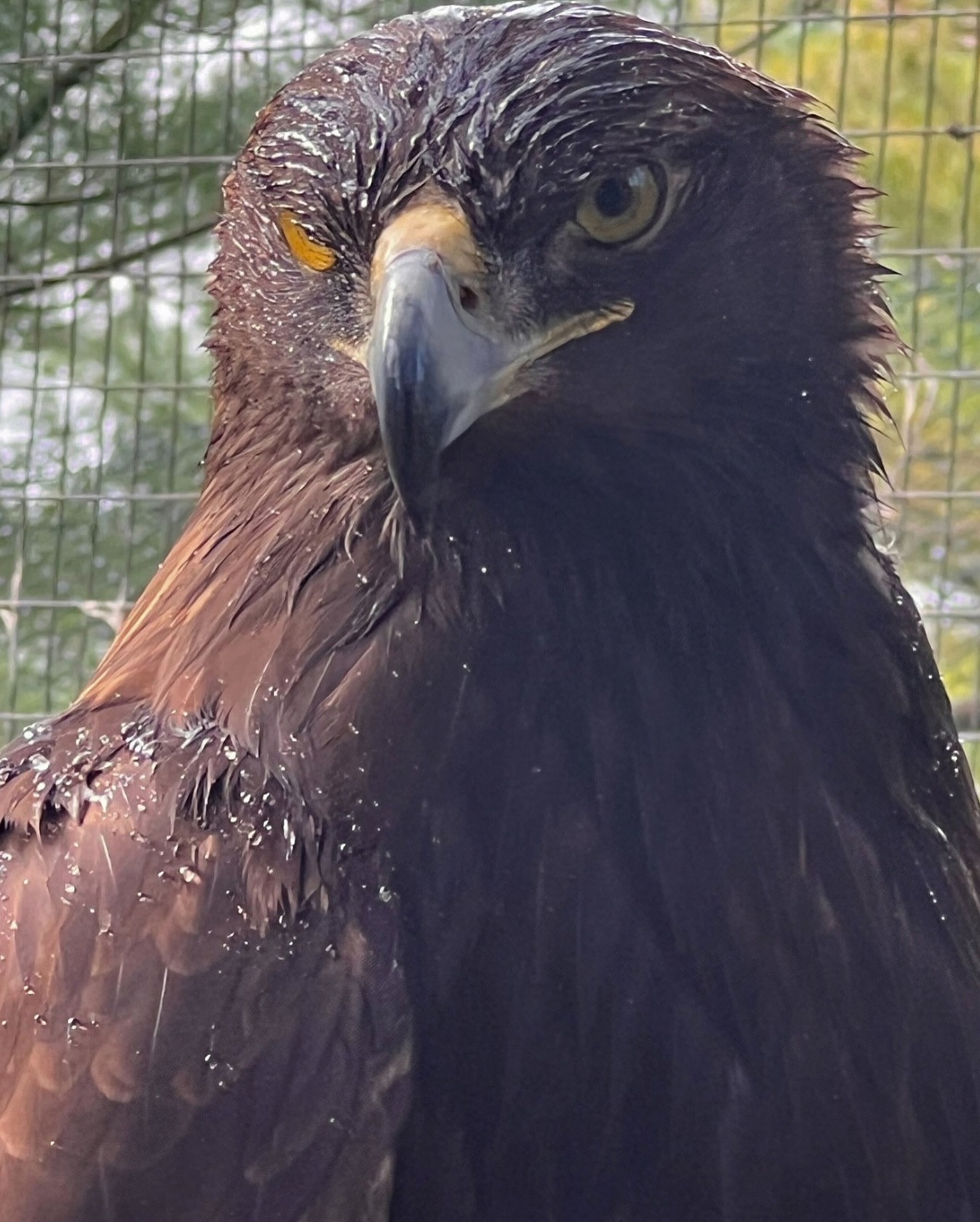- The majestic presence of Leonidas, an apex predator in her habitat, exemplifies demure elegance and mindfulness.
- The biology and adaptations of birds of prey, with an emphasis on their heightened senses and hunting prowess.
- The significance of conservation efforts in preserving raptors and the ecosystems they inhabit.
- The role of zoology and zoo management in enhancing public understanding and appreciation of these creatures.
- The interplay between these birds and their environment, showcasing their influence on ecological balance.
Leonidas is not your average bird. As a bird of prey, specifically an eagle, her presence commands respect and admiration. She embodies an agile coexistence within her ecosystem, embodying a balance of poise and power that is both demure and mindful. Her flight is a nuanced ballet; every movement is deliberate, every gaze intentional. This article explores the essence of Leonidas and her kind, highlighting their function in nature, their biological marvels, and the conservation efforts essential for their survival.
Let us first understand the anatomy and adaptations that make birds of prey such formidable hunters. Birds like Leonidas possess an acute sense of vision. Their large, forward-facing eyes provide binocular vision, allowing for precise depth perception that is vital for hunting. Eagles, in particular, have been found to have eyesight estimated to be 4 to 8 times stronger than that of humans. This unparalleled vision enables them to spot potential prey from miles away. Additionally, the ability to see a broader spectrum of colors aids in identifying minute movements on the ground, making the hunt both efficient and effective.
But it’s not just their vision that sets them apart. Birds of prey have powerful talons adapted for seizing and gripping, an essential feature for capturing elusive prey. Their beaks, sharply curved, are perfect tools for tearing flesh, illustrating a remarkable instance of evolutionary specialization. Flight mechanics, too, play a crucial role in their predatory efficiency. Broad wings and strong muscles contribute to their soaring ability, allowing them to glide with minimal energy expenditure, from which they can quickly dive at rapid speeds to snatch prey.
Yet, beyond their physical adaptations, it’s their role within their ecosystems that reflects their true significance. Birds of prey like Leonidas are apex predators, meaning they sit at the top of the food chain. They regulate populations of smaller animals, thus maintaining a functional balance within the ecosystem. This predation influences the gene pool of prey, as typically, the weaker or sick are more likely to be caught, enabling a healthier prey population. Thus, their disappearance could lead to an overpopulation of certain species, resulting in an imbalance that can harm the ecosystem.
Such ecological implications underscore the importance of conservation. Many birds of prey have faced threats from habitat destruction, poisoning, and human persecution. The case of the bald eagle is illustrative. Once severely threatened by the pesticide DDT, concerted efforts through legal protection and habitat restoration have seen their numbers rebound. Conservation initiatives prioritize creating protected areas and stricter regulations on pesticide use, proving crucial for the survival of these magnificent fliers.
Zoos play a pivotal role in these efforts, serving not only as sanctuaries for threatened species but as centers for public education and engagement. By understanding the biology and behavioral aspects of birds like Leonidas, zoo management can design habitats that reflect their natural environment, allowing visitors to appreciate their grandeur up close. This close interaction fosters an emotional connection, propelling support for conservation ventures. Moreover, many zoos participate in captive breeding programs, serving as genetic reservoirs that help maintain biodiversity.
The world of predators is fascinating, with birds like Leonidas standing out due to their remarkable adaptations and significant ecological roles. The quiet grace and mindfulness they exhibit while ruling the skies embody a broader narrative of survival, adaptation, and the need for coexistence in our shared environment. By learning about these birds and supporting conservation efforts, we contribute to a future where Leonidas and her kin continue to thrive, benefiting not just themselves but the entire ecosystem they preside over.
Recognizing the serene yet powerful presence of Leonidas invites reflection on the broader relationship between humans and the natural world. It challenges us to become more mindful in our interactions with the environment, urging a shift towards sustainable practices that respect and protect our planet’s diverse wildlife. In doing so, we not only preserve the majesty of birds like Leonidas but enrich our own existence by maintaining the intricate web of life that sustains us all.
*****
Source Description
🦅 ✨VERY DEMURE, VERY MINDFUL ✨ 🦅
Leonidas moves through her world with quiet grace and sharp focus, always observing, always regal. A true queen of the skies! 👑✨


